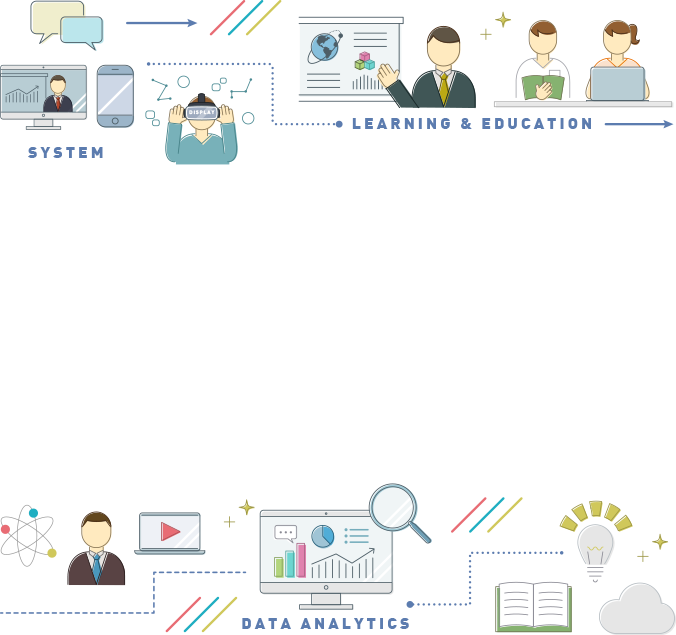Hi, I’m Xuewang Geng.
I attended the Spring 2024 National Conference of the Japan Society for Educational Technology on March 2nd and 3rd this year.
This time, I gave a lecture at the self-organized symposium “What Can We See Through Fine-Grained Learning Data Analysis? Considering How to Analyze Learning Processes.” I discussed how we should capture and analyze the temporal characteristics of learners’ learning behaviors to understand their learning processes. I introduced lag-sequential analysis as one of the analytical methods and reported on examples of its application to learning processes. I found Professor Yuta Taniguchi’s lecture, “Development of the Programming Learning Environment ‘WEVL’ and Its Expansion to Fine-Grained Learning Analytics,” very interesting. I am eager to experience programming learning using “WEVL” myself. Additionally, I had an in-depth discussion with Professor Masanori Yamada and Professor Yuta Taniguchi about the challenges of utilizing fine-grained data, such as how to provide feedback on the analysis results to teachers and students and to what extent the system alone can grasp the overall picture of learning. In particular, the discussion with the professors at the venue about how the utilization of fine-grained data can be beneficial was very lively. I received questions about the differences between lag-sequential analysis and hidden Markov models, which made me realize that there are various methods to analyze sequences. While working on the development of support systems for learners and analyzing learner behavior using learning analytics, I have deepened my understanding of how learning analytics can benefit teachers. This has given me a clearer vision of the potential for future research development.
Besides my own lecture, I mainly attended presentations on educational and learning support systems, as well as research related to VR. Two VR-related presentations were particularly impressive. One was about the development of a VR environment for disaster simulation, and the other was an evaluation of a VR environment for corporate training. These studies prompted me to deeply consider the potential innovations that VR technology can bring to learning environments. I realized that VR is not only used for high-risk class content (such as anatomy classes or simulations of dangerous chemical experiments) but also for informal learning environments that provide practical learning opportunities beyond the context of formal learning. The discussion after the session with Professor Yuki Watanabe from Tokyo University of Science and the presenters was also very interesting. The discussion about the differences between VR learning environments and traditional learning environments, how to utilize the immersive nature of VR, and how to capture behavioral changes as learning effects in VR learning environments provided many insights. This is closely related to my current research in learning analytics. I believe it is crucial to analyze learning behaviors in learning environments that incorporate new technologies using learning analytics, and to understand the differences between these behaviors and those in traditional learning environments.
In the past, I participated in the Spring National Conference online during the COVID-19 pandemic, but this was my first time attending in person. Despite being nervous, I was able to listen to various research presentations directly and ask questions, making it a very fulfilling two days.
By: Xuewang Geng (Research Assistant Professor, Data-Driven Innovation Initiative)







